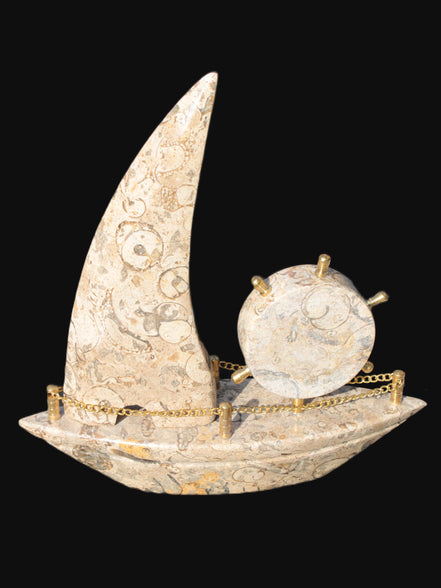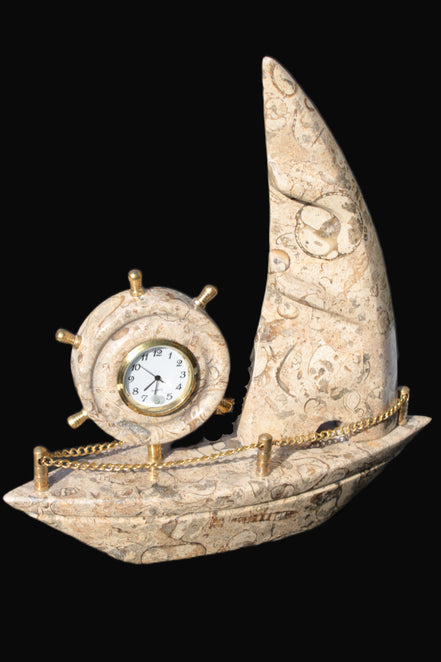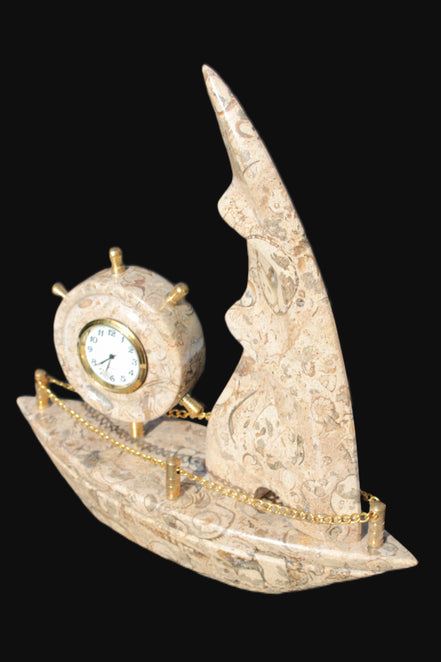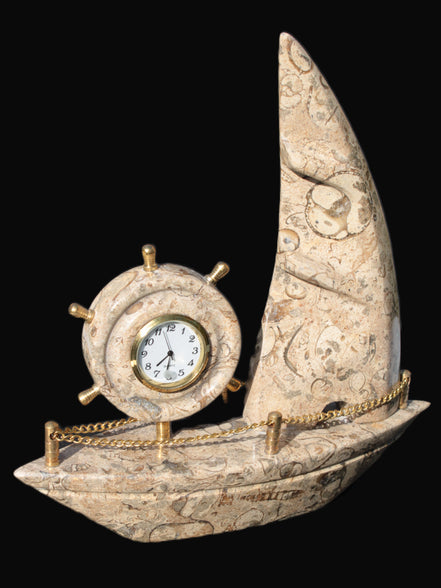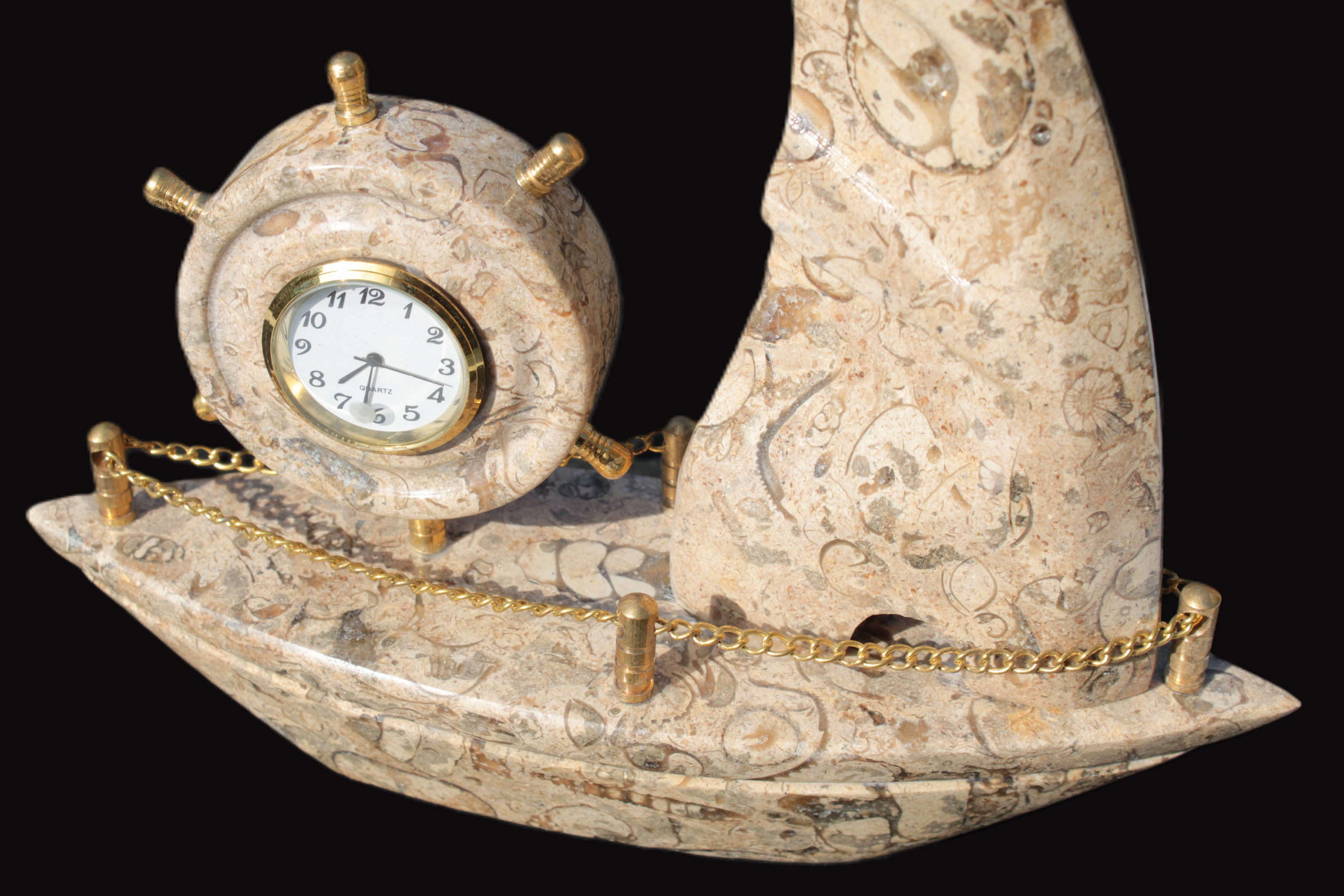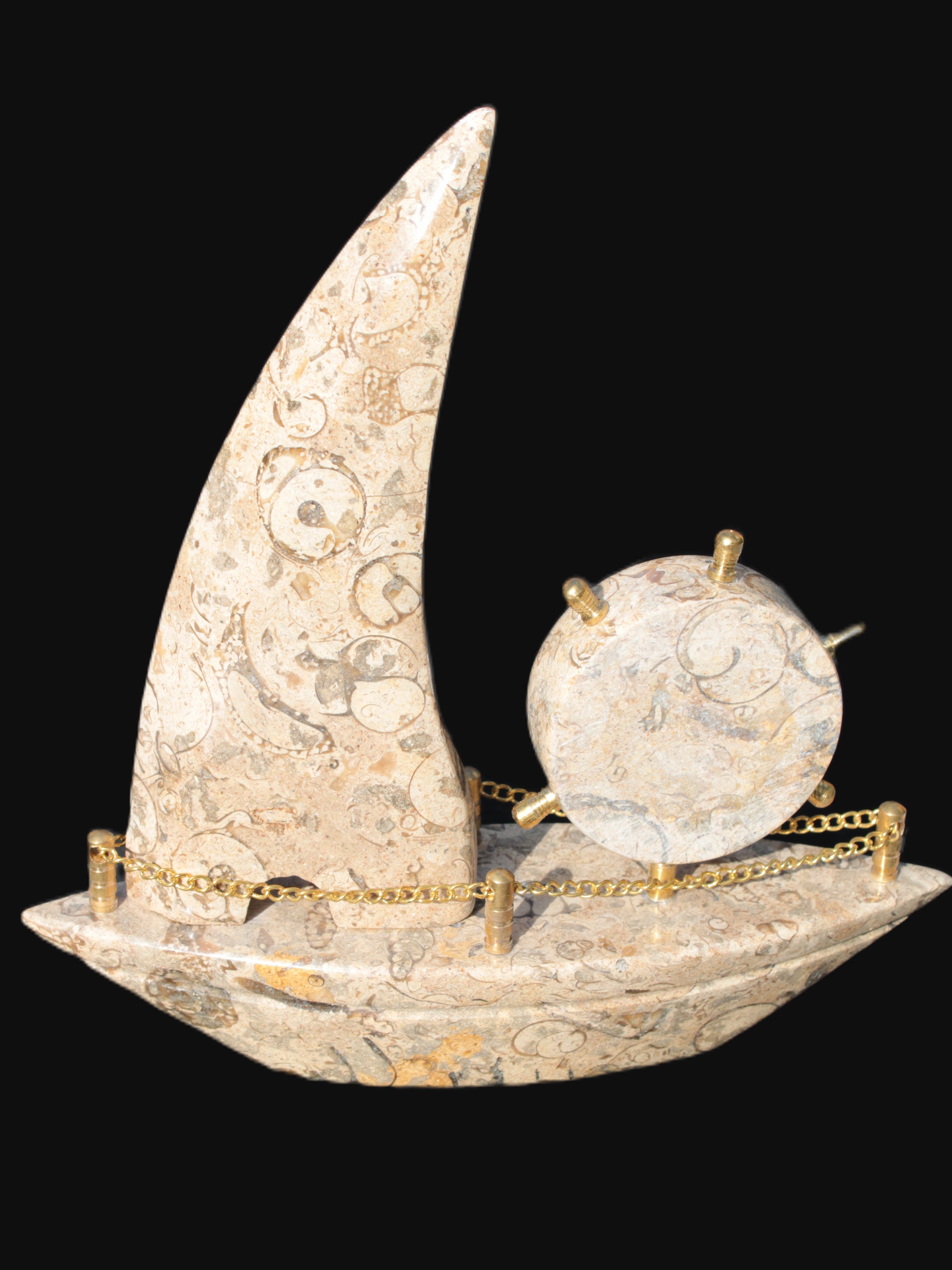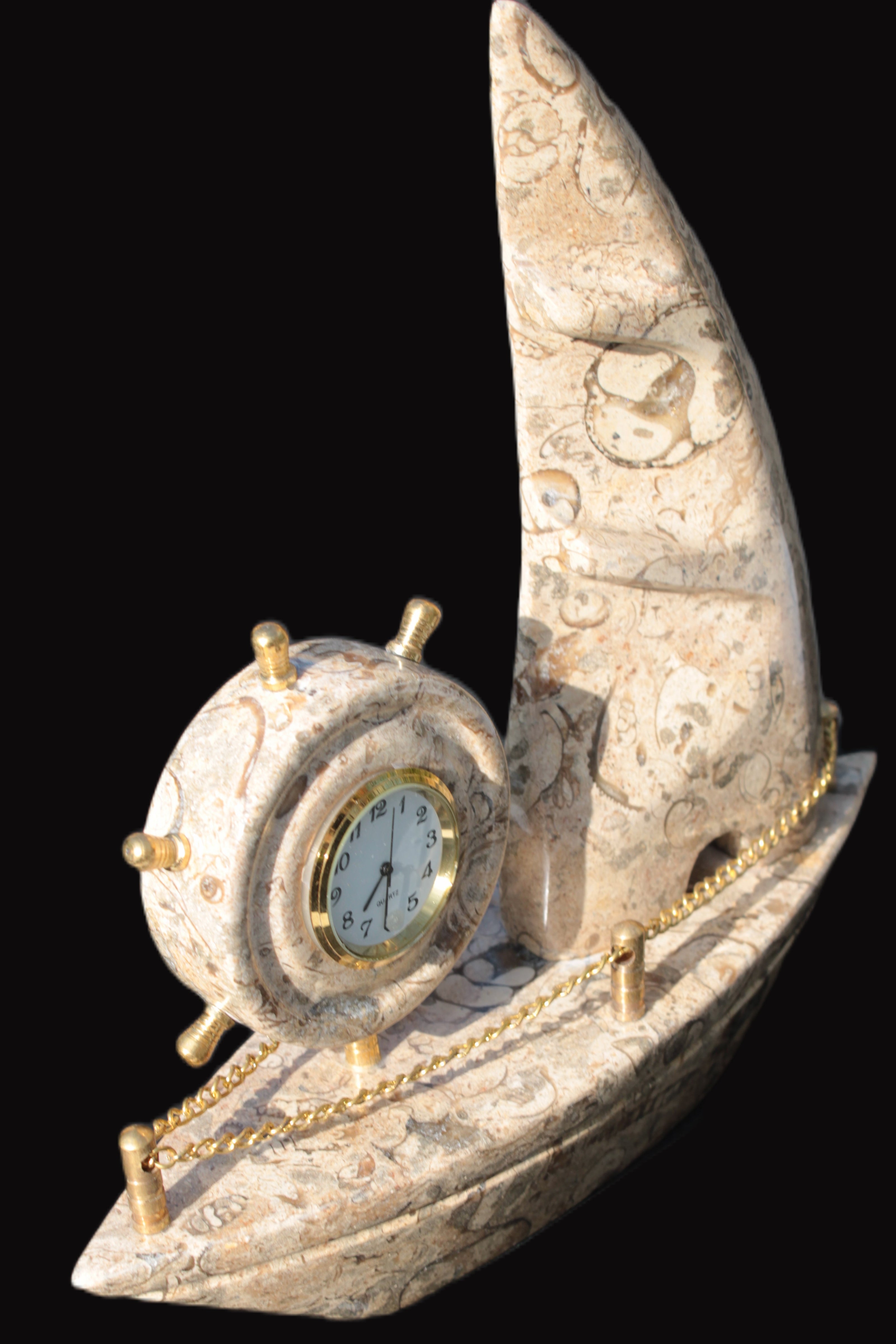I’m very happy with this petrified wood agate slice. It looks exactly like the pictures on the website (it’s beautiful) and feels great to hold in the hand. Postage was super fast.
Hi Mark,
I really love these super seven crystals, they have arrived on time, just before the full moon. I put them outside to charge during the last full moon, I can feel their energy, fantastic!! Thank you so much, I will certainly purchase other crystals to your store! Wish you the Best.
I bought this palm stone for a gift, its lovely and as described, prompt delivery was great - thank you
The customer service was exceptional. The products are gorgeous. 10/10 i will go back
Thank you for the set of batteries for the great UV torch !
The Red Agate with the water-line “window” is amazing & is the centre piece of my collection. The Yooperite is gob smacking under UV. THANK YOU !
Thoroughly recommend this seller. “I’ll be back” like Arnold Schw.
Geo.McB. Palmwoods.Qld.
Fast delivery. Exactly as described. Good communication. Helpful service. Very happy. Would recommend.
They’re very cute, a little smaller than I expected but very cool nonetheless
My order was promptly processed, unfortunately one item wasn't available and wasn't sent and I was refunded. It would have been nice to know before the order was sent so I could arrange for a replacement item to go in the same batch.
This store has amazing service and beautiful quality gemstones and crystals. The descriptions are clear and accurate with lots of photos to choose the crystal that suits your need. The service was exceptional! Shipped Fast and my questions were answered quickly. Thank You.
This store has amazing service and beautiful quality gemstones and crystals. The descriptions are clear and accurate with lots of photos to choose the crystal that suits your need. The service was exceptional! Shipped Fast and my questions were answered quickly. Thank You.
What’s not to love, a cute little stone in white light and then when you use UV light they turn either pink or orange depending on the frequency of the light.
Carnelian was as shown. Bonus unknown rock.
AMAZING, I ordered this for Valentine's day on the 9th, and it has arrived today on the 12th. Absolutely beautiful. Thankyou Guys!!! The heart is actually bigger in person and quite heavy!
It was a amazing work of art I'm so glad I got it and it was a really fast delivery thanks guys















